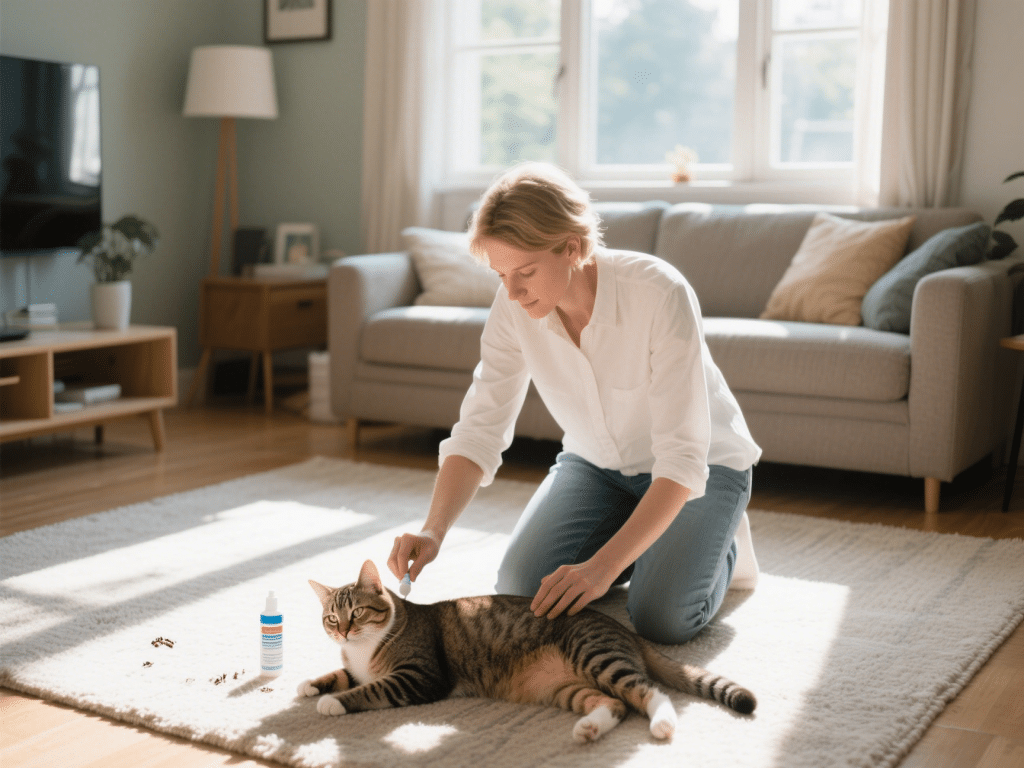Beginner’s Guide to Hamster Wheel Safety and Selection

Introduction
Hamsters are highly active creatures that can run several miles each night. Providing a safe, appropriately sized exercise wheel is crucial for their health and well-being. This guide covers wheel types, sizing, installation, and maintenance for beginner hamster owners.
1. Importance of Wheel Safety
Preventing Injuries: Inappropriate wheels can cause spinal curvature, tail injuries, or foot sores.
Supporting Mental Health: A suitable wheel satisfies natural running instincts and reduces stress.
Species-Specific Needs: Syrian hamsters, dwarf hamsters, and Roborovski hamsters have different size and activity requirements.
2. Wheel Types & Recommendations
A. Solid-Surface Wheels
Description: A single-piece plastic or metal wheel without gaps or rungs.
Advantages: Prevents foot and tail entrapment, quieter operation, and easy cleaning.
Recommended Sizes:
Syrian Hamsters: 8–12 inches (20–30 cm) diameter, ensuring the spine remains straight while running.
Dwarf Hamsters (Roborovski, Campbell’s, Winter White): 6–8 inches (15–20 cm) diameter to accommodate smaller bodies.
B. Mesh or Wire Wheels (Not Recommended)
Risks: Rungs can trap toes or tails; mesh surfaces cause foot sores (bumblefoot).
Alternative: Always choose solid-surface wheels for safety.
3. Wheel Selection Criteria
Correct Diameter: Ensure your hamster’s spine remains straight; knees should not bend excessively while running.
Sturdiness: Opt for wheels with solid bases or mounting stands that prevent tipping and wobbling.
Quiet Operation: Choose wheels advertised as “silent” or “quiet rolling” for minimal noise, especially in bedrooms.
4. Proper Installation & Placement
Solid Mounting: Secure the wheel to the cage floor or attach firmly to cage bars; no gaps should exist between wheel and cage floor.
Clearance: Provide at least 1–2 inches of clearance from cage walls and bedding to allow free spinning.
Height: Position the wheel at a height that allows easy entry and exit, avoiding undue climbing or jumping.
5. Maintenance & Hygiene
Daily Inspection: Check for cracks, sharp edges, or trapped debris. Replace the wheel immediately if damaged.
Weekly Cleaning: Remove the wheel, wash with warm water and mild, pet-safe detergent, rinse thoroughly, and air dry.
Lubrication: If squeaky, apply a small drop of vegetable oil to the axle—avoid petroleum-based lubricants that can harm hamsters.
6. Monitoring Hamster Health & Behavior
Usage Patterns: Healthy hamsters often run 3–5 miles each night. Changes in wheel usage may indicate health issues or stress.
Observe Gait: Watch for limping or reluctance to run; inspect both wheel and hamster for potential hazards if behavior changes.
Aging Hamsters: Older hamsters may prefer shorter runs; ensure easy access to the wheel without climbing on high platforms.
7. Alternative Exercise Options
Playpen Time: Provide supervised out-of-cage play in a secure, hamster-proof area with tunnels and toys.
Digging Box: Offer a box filled with safe substrate (unscented shredded paper) for digging and burrowing activities.
Climbing Structures: Include chewable wooden ramps, ladders, and platforms to encourage varied movement.
Conclusion
Selecting and maintaining a safe hamster wheel is essential for your pet’s physical and mental well-being. Choose a properly sized solid-surface wheel, ensure secure installation, and perform regular maintenance to prevent injuries. Combine wheel time with additional enrichment options to create a stimulating, healthy environment for your hamster.









Comments on "Beginner’s Guide to Hamster Wheel Safety and Selection" :